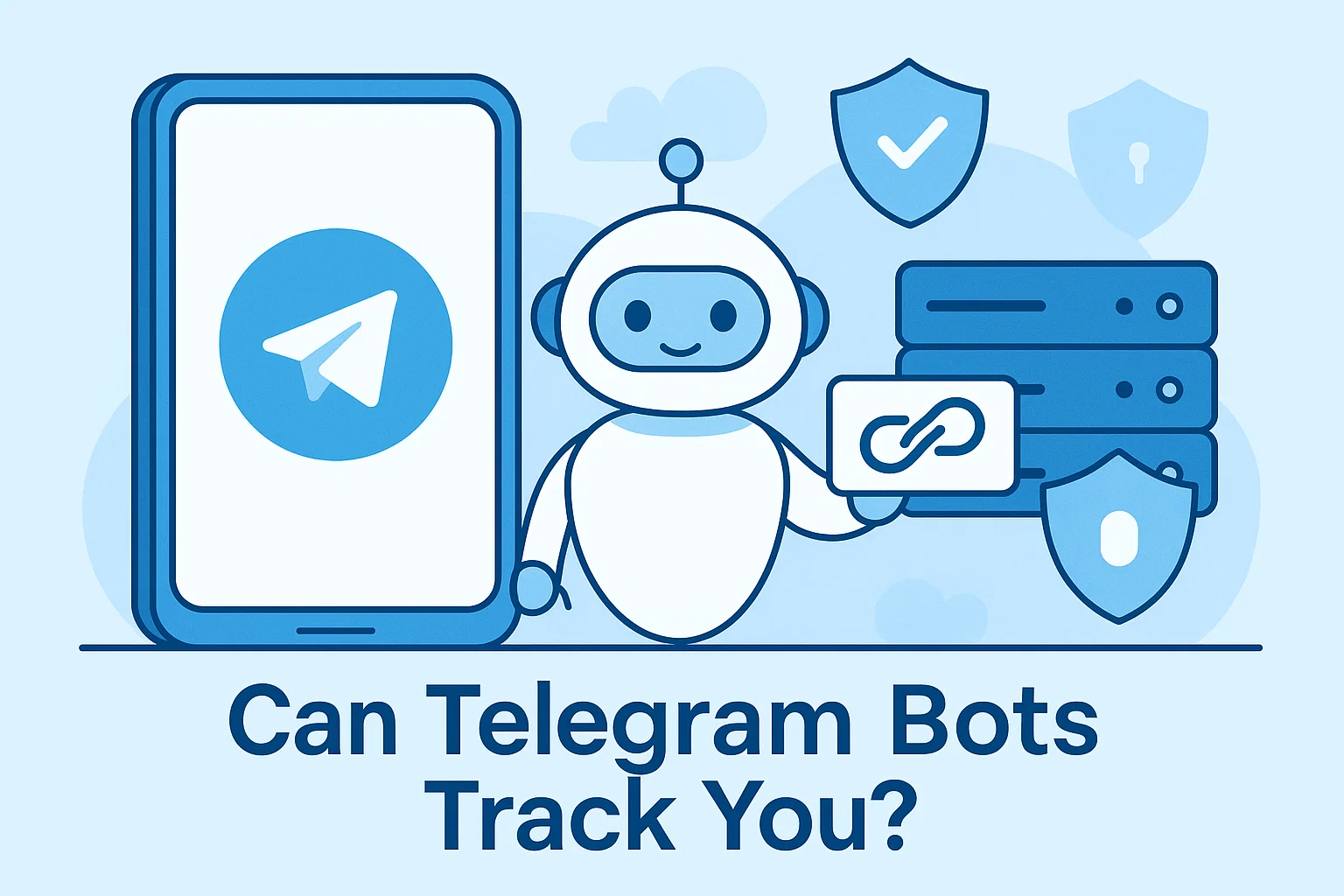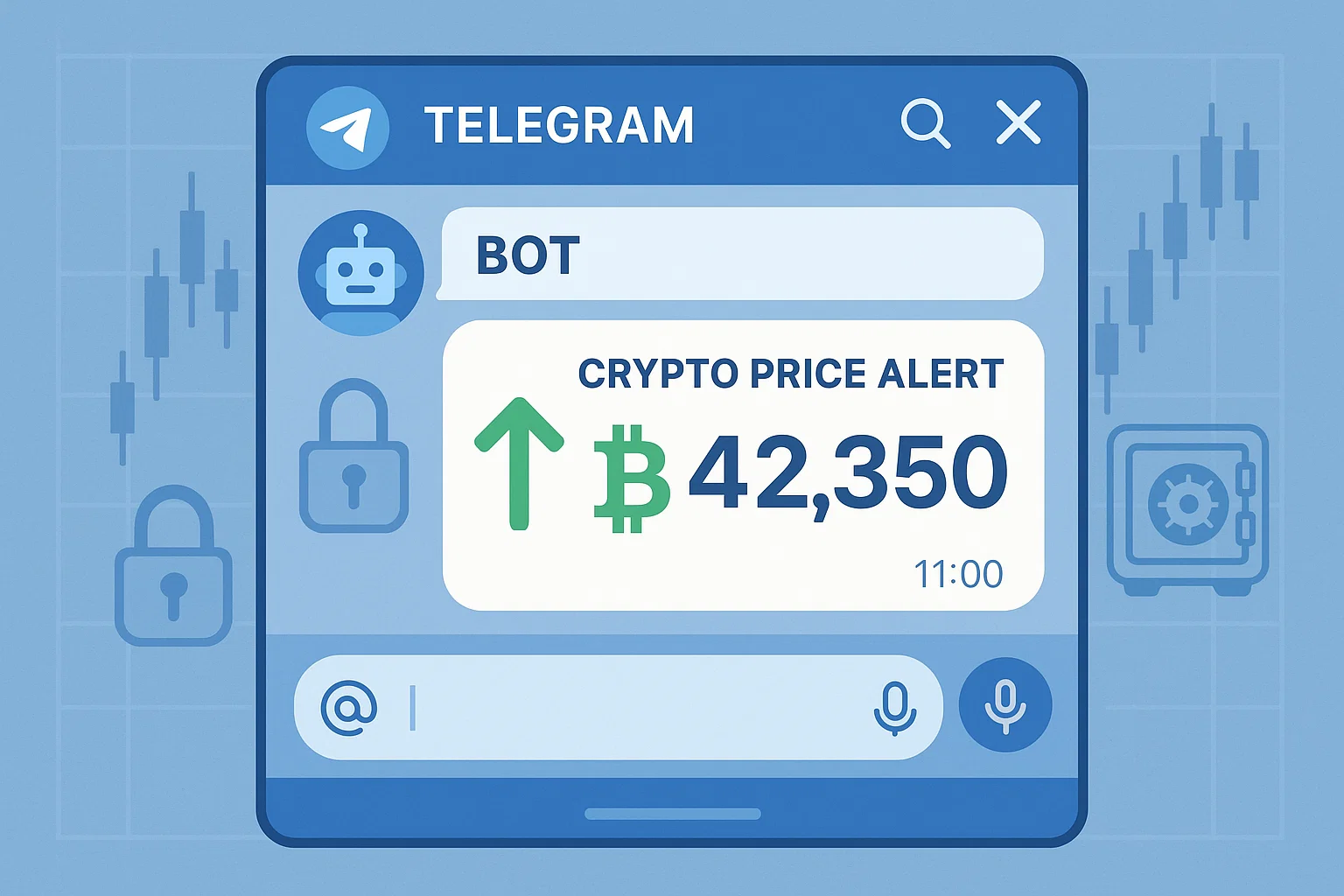Can Telegram bots track you? That question drives this guide, because many people worry about privacy when interacting with bots, links, or mini apps. Your intent is primarily informational: you want to know what data a Telegram bot can access, how tracking actually happens, and what defenses you can use. In my experience testing bot flows and debugging privacy issues, the truth is a mix: bots cannot peek into your private chats or your device IP by default, but clever developers can combine the Bot API with tracking links, forms, or third-party services to infer or collect identifying data. This post explains the Bot API limits, real-world tracking vectors, code examples that demonstrate how tracking works, practical protections, and the legal and ethical boundaries you should watch.
What “can telegram bots track you” really asks, and why it matters
At a simple level, asking can telegram bots track you is asking two things: what information the Bot API exposes, and what a bot developer can collect when you interact. The distinction is important. The Bot API is a gate with rules, while a bot developer is an actor who decides how to use anything you send.
What the Bot API exposes
Telegram’s Bot API lets a bot receive messages you send directly to it, information about members in groups where it is present, and data you explicitly share, such as a location or contact card. Bots can see your user ID and display name when you message them. They cannot read unrelated private chats, and they do not receive your phone number unless you explicitly share it. These API limits mean the answer to can telegram bots track you is not a simple yes or no, it depends on what you share and how the bot uses that input. Telegram+1
Why people worry
People worry about tracking because Telegram once had features and third-party reports showing how bots or integrations can collect metadata, and because some bots forward data to external services. News and security research have highlighted risks where bot-related flows use weaker TLS endpoints or where bot tokens leaked allowed malicious actors to access bot data. Those cases are a reminder to be cautious about the links and files bots send you. WIRED+1
How Telegram bots can track you, step by step (real techniques)
This section shows the practical ways a bot developer can learn about or track a user, and includes safe code examples so you can see how tracking flows look.
1) Direct interaction, user IDs and messages
When you message a bot or tap a bot’s inline button, the bot receives your user id and message content. That identifier is stable within Telegram and can be used to link actions across sessions.
Example: bot receives a message (Python, simplified)
# python: simple webhook handler showing received user data
from flask import Flask, request, jsonify
app = Flask(__name__)
@app.route('/webhook', methods=['POST'])
def webhook():
update = request.json
# when a user sends a message to the bot, update['message'] contains user info
user = update.get('message', {}).get('from', {})
user_id = user.get('id')
username = user.get('username')
# developer can store user_id and map it to later actions
print("User interacted:", user_id, username)
return jsonify(status='ok')
Explanation: receiving your user id does not reveal your phone number, but it lets the developer link future interactions to the same person.
2) Tracking via links and external resources
Bots commonly send short links, buttons, or mini app URLs. When you click those, the request may go to a third-party server that logs IP, user agent, referrer, and any query parameters. Developers can also append identifiers to links (for example ?uid=12345) so the server can match the click to the Telegram user id.
Example: tracked link flow (Node.js, simplified)
// node: example tracked-link redirector
const express = require('express');
const app = express();
app.get('/t/:token', (req, res) => {
const trackingId = req.params.token; // token from bot or link
const ip = req.ip; // logs visitor IP
const ua = req.get('User-Agent');
// store tracking record: trackingId, ip, ua, timestamp
console.log("Click:", trackingId, ip, ua);
// redirect to the real destination
res.redirect('https://final-destination.example/');
});
app.listen(3000);
Explanation: If the bot generates links that embed your Telegram user id or a token tied to your id, the server can match the click to your account and capture IP and location hints.
3) Files, images, and third-party resources
Images or documents shown inline may include external URLs or call home to fetch content. If an image is fetched from a remote server at display time, that server can see the client IP. Telegram normally proxies many file downloads, but bots can still send links that bypass proxies.
4) Social engineering and data enrichment
Bots can ask you for a phone number, email, or other personal info via contact-sharing buttons or forms. Once you voluntarily provide those details, the developer can combine them with public datasets to enrich profiles. That is not a bug in the API, it is a privacy risk from oversharing.
Best practices, defenses, and trade-offs
If you are asking can telegram bots track you because you want to protect privacy, here are practical defenses and trade-offs.
How to reduce tracking risk
- Don’t share sensitive info with bots, avoid sending your phone number unless you trust the developer.
- Inspect links before clicking, long-press or copy links to see domains and look for tokens.
- Use Telegram’s privacy settings, keep your phone number hidden and prefer usernames.
- Avoid untrusted bots and only add bots with clear privacy policies.
- Use a privacy-preserving browser or VPN if you must click a tracked link and want to avoid exposing your real IP.
Trade-offs
- Using a VPN hides your real IP, but may break location-based services and some integrations.
- Self-hosting bridges or proxies for downloads increases privacy, but requires technical effort.
- Avoiding bots limits convenience and features, but increases safety.
Tools and resources
- Check the bot’s privacy policy and ask for data retention rules.
- Use link scanners and domain reputation tools before clicking.
- For developers, always provide explicit consent screens and minimal data collection, and document retention and deletion policies to build trust.
Telegram’s Bot FAQ explains which messages and data bots receive, emphasizing that bots see private messages sent directly to them, and that privacy mode changes group visibility, which frames what data a bot can access. Telegram
Security researchers have warned that some bot-related flows use weaker transport or external services that can log metadata, making it important to treat bot links with caution. WIRED+1
Challenges, legal/ethical issues, and troubleshooting
Legal and ethical boundaries
- Consent: Collecting personal data without consent can violate privacy laws; always get explicit user consent before linking identity to external data.
- Data minimization: Only store what you need, and give users the ability to request deletion.
- Platform rules: Follow Telegram’s bot terms and privacy requirements; misuse can lead to token revocation. Telegram+1
Practical troubleshooting
- If a bot seems to collect unexpected data, revoke its access or remove it from your chats.
- If a link from a bot looks suspicious, report the bot and forward the link to a security tool.
- For developers, implement secure token management, HMAC verification for webhooks, and avoid embedding raw user ids in public links.
Safe developer pattern: link with short-lived token and verification
# python: generate short-lived token and validate on click
import hmac, hashlib, time
SECRET = b'secret-key'
def make_token(user_id, ttl=300):
expires = int(time.time()) + ttl
data = f"{user_id}:{expires}".encode()
sig = hmac.new(SECRET, data, hashlib.sha256).hexdigest()
return f"{user_id}:{expires}:{sig}"
def verify_token(token):
try:
user_id, expires, sig = token.split(':')
data = f"{user_id}:{expires}".encode()
expected = hmac.new(SECRET, data, hashlib.sha256).hexdigest()
if not hmac.compare_digest(expected, sig):
return False
return int(expires) >= int(time.time())
except Exception:
return False
Explanation: short-lived tokens reduce the chance that a link can be reused to track you later.
FAQs
can telegram bots track you
Yes and no. Bots receive your user id and any content you send them, which lets developers link your actions. They cannot read unrelated private chats or automatically get your phone number unless you share it. However, bots can track clicks on links they send, capture IPs through third-party servers, and collect data you volunteer.
Can a Telegram bot see my phone number?
Not by default. A bot only gets your phone number if you explicitly share it with the bot, for example using a contact-sharing button or form.
Can bots access my IP address directly?
No, the Bot API does not expose your IP to bots. But if you click a link hosted on a third-party server, that server can log your IP. Use link caution to avoid exposing your IP.
How do bots get my Telegram user id?
When you message a bot, the message payload includes a from object with your id. That ID is stable and used to route messages and respond.
Are Telegram bots safe to use?
Many bots are safe, but safety depends on the developer. Prefer bots with clear privacy policies, active support, and transparent code if possible.
How can I protect my privacy when interacting with bots?
Avoid sharing phone numbers or personal info, preview links, use Telegram privacy settings, and remove bots you do not trust.
Can bots link my Telegram activity to external profiles?
If you voluntarily share identifying info or click tracked links that include tokens, a developer can link your Telegram id to external records. Avoid oversharing.
What should a bot developer do to be ethical?
Collect minimal data, get clear consent, document retention and deletion processes, secure tokens and webhooks, and never expose user data to third parties without authorization.
Conclusion and call to action
Bottom line: when you ask, can telegram bots track you, the correct answer is nuanced. Bots have limited built-in visibility, but combined techniques like tracked links, voluntary contact sharing, and external services can enable tracking. Protect yourself by avoiding unnecessary sharing, vetting bots, and using privacy tools when clicking links. If you want, I can check a bot’s invite link or help you inspect a suspicious link safely, and provide a simple checklist you can use before interacting with any Telegram bot. Share a link or bot name and I’ll help you analyze it.



